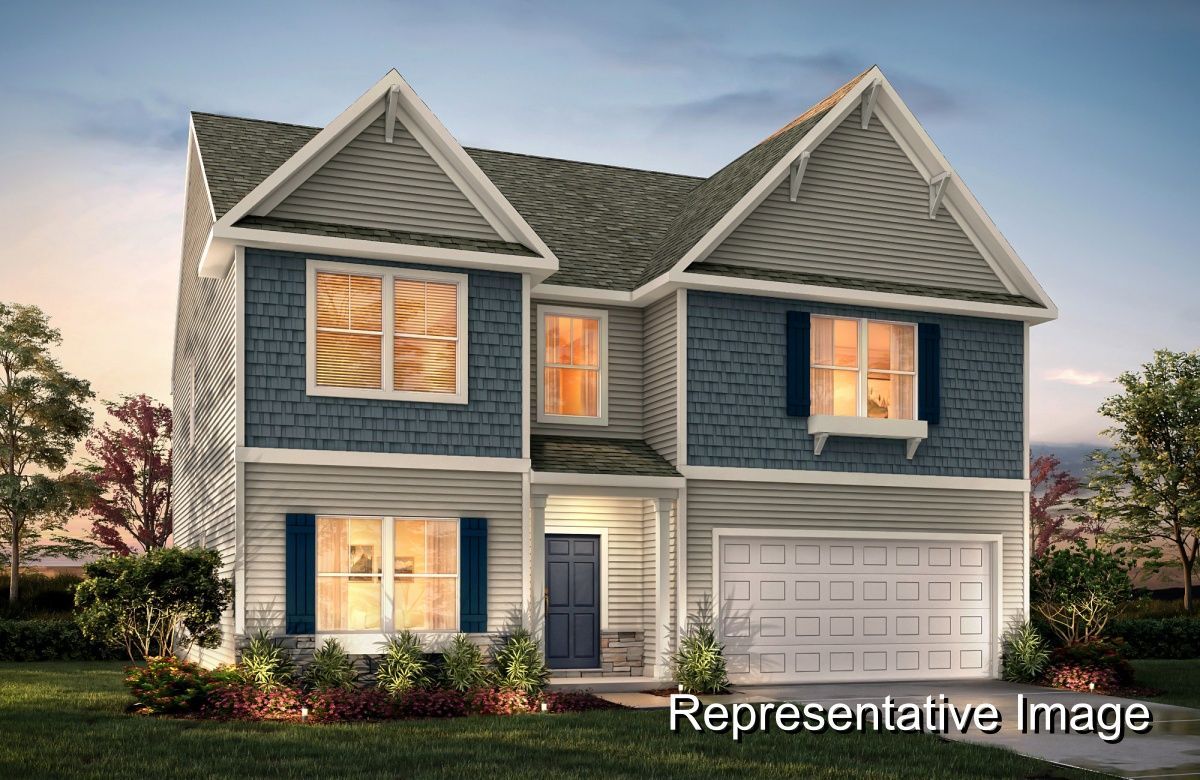How Much Should a Homebuyer Put Down on a New Home?
Buying a new home is a significant financial decision with many factors to consider, including the down payment. The size of your down payment can influence your mortgage terms and the overall cost of your home. At True Homes, we offer preferred lenders to assist you in making informed decisions about your home financing. In this comprehensive guide, we will explore down payment requirements, providing valuable insights for both first-time homebuyers and experienced real estate investors.
Understanding Down Payment Basics
A down payment is the upfront payment you make when buying a home, representing a percentage of the home's purchase price that you pay out of pocket. The rest is covered by your mortgage. The size of your down payment significantly affects your mortgage terms and financial stability.
Key Points to Remember:
- Standard Down Payment: Often 20% of the home's purchase price.
- Private Mortgage Insurance (PMI): Required for down payments of less than 20%.
- Loan Programs: Some allow for down payments as low as 3-5%.
- Interest Rate and Terms: Affected by the size of the down payment.
- Monthly Payments: Larger down payments lead to smaller monthly payments and less interest over the loan's life.
Understanding these basics helps you make informed decisions about your down payment and home financing.
The Standard 20% Down Payment: Pros and Cons
A 20% down payment is often considered the gold standard in home buying, but is it always the best option?
Exploring Lower Down Payment Options
If a 20% down payment seems out of reach, several options require a lower down payment, making home buying more accessible.
Common Lower Down Payment Options:
- FHA Loans: Backed by the Federal Housing Administration, allowing down payments as low as 3.5% for buyers with credit scores of 580 or higher.
- VA Loans: Available to veterans and active-duty military members with zero down payment options.
- USDA Loans: Offer zero down payment options in rural areas with income restrictions.
- Conventional Loans: Some allow down payments as low as 3%, though they may come with stricter requirements and PMI.
Down Payment Assistance Programs
If you're struggling to save for a down payment, down payment assistance programs can help. These programs are often targeted at low-to-moderate-income buyers and can provide funds to help cover your down payment.
Types of Assistance Programs:
- Grants: Do not need to be repaid.
- Low-Interest Loans: To cover the down payment.
- Employer Assistance Programs: Offered by some employers.
Each program has its own eligibility requirements, so it's important to research thoroughly.
The Role of Private Mortgage Insurance (PMI)
When you make a down payment of less than 20%, you may be required to pay for PMI. PMI protects the lender if you default on your loan and typically costs 0.5% to 1% of the entire loan amount per year. PMI increases your monthly mortgage payment but allows you to buy a home sooner. Once you've built up 20% equity, you can request to cancel the PMI.
How Your Down Payment Affects Mortgage Terms and Payments
Impact on Interest Rates and Monthly Payments
A larger down payment can result in a lower interest rate and smaller monthly payments. However, other factors like your credit score and debt-to-income ratio also influence your interest rate.
Loan-to-Value Ratio and Equity Considerations
The loan-to-value (LTV) ratio is the amount of your loan compared to the property's value. A lower LTV ratio often results in better loan terms but requires a larger down payment.
Saving for Your Down Payment: Strategies and Tips
Saving for a down payment can be challenging, but with the right strategies, it's achievable.
Strategies:
- Automate Savings: Ensure consistency.
- Cut Non-Essential Expenses: Trim your budget.
- Increase Income: Through side gigs or overtime.
- High-Yield Savings: Consider high-yield savings accounts or short-term investments to grow your money faster.
Choosing the Right Down Payment for You
Choosing the right down payment for your new home is a personal decision based on your financial situation and long-term goals. A larger down payment can reduce monthly payments and eliminate PMI, while a smaller down payment can make homeownership more accessible. The best down payment is the one that fits your financial situation and aligns with your homeownership goals.
About True Homes:
Founded in 2006, True Homes is a local Carolina-based semi-custom home builder dedicated to bringing the best new home designs, style, and value to North and South Carolina residential communities. Headquartered in Monroe, NC, True Homes has built over 20,000 homes in communities across Charlotte, Charleston, Triad, Raleigh, and Wilmington. Learn more about True Homes at TrueHomes.com.
Ready to find your dream home? Take our new home finder quiz and find your new home today!
Read more from our blog:






